Quick Links: About Us - Contact Us
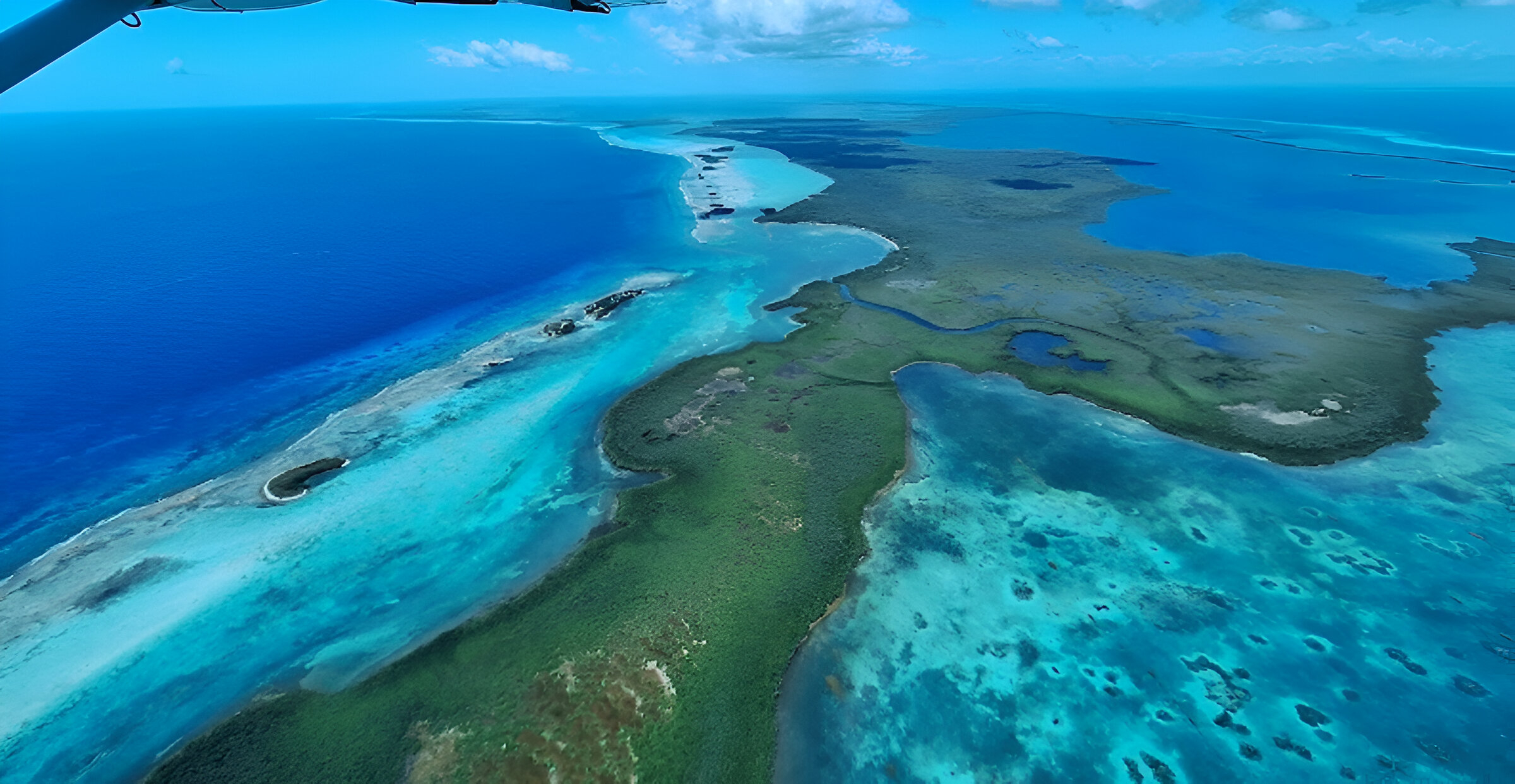
Tucked between the Caribbean Sea and the lush jungles of Central America, Belize is a country of vibrant biodiversity and deep-rooted history. And though it boasts countless natural wonders and ancient ruins, only a select few make it to the global stage as UNESCO World Heritage Sites.
Currently, Belize’s most iconic UNESCO site is the Belize Barrier Reef Reserve System (BBRRS)—a living treasure that’s both an ecological marvel and a symbol of national pride. In this guide, we’ll unpack the history, importance, and how to visit this site responsibly. Plus, we’ll explore cultural sites on UNESCO’s tentative list that could soon earn world heritage status.
The Belize Barrier Reef Reserve System (BBRRS)
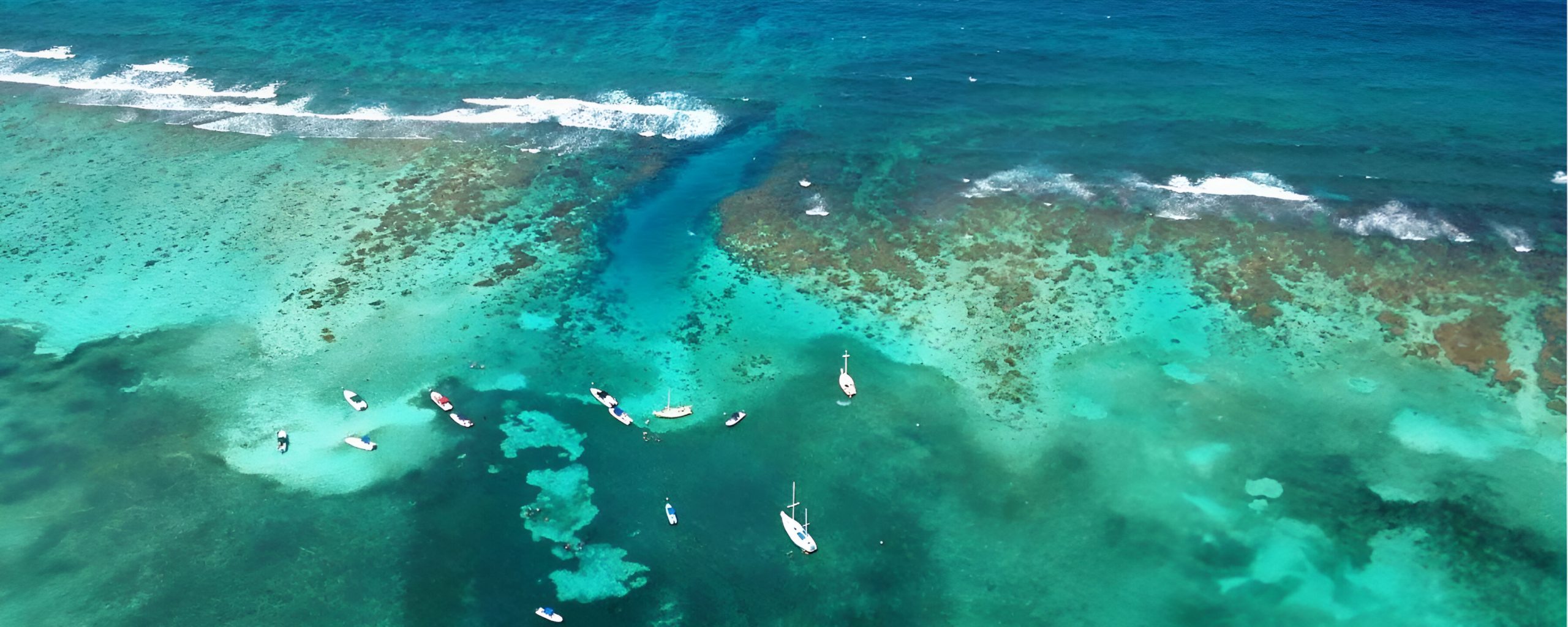
UNESCO Designation:
Listed in 1996
- Category: Natural Site
- UNESCO Criteria: (vii), (ix), (x)
What is it?
The Belize Barrier Reef Reserve System is the second largest barrier reef in the world (after Australia’s Great Barrier Reef) and the largest in the Northern Hemisphere. It stretches over 190 miles (300 km) along the Belizean coast and includes:
Seven protected marine areas, including:
- Hol Chan Marine Reserve
- Blue Hole Natural Monument
- Half Moon Caye Natural Monument
- Bacalar Chico National Park and Marine Reserve
- South Water Caye Marine Reserve
- Glovers Reef Marine Reserve
- Laughing Bird Caye National Park
This reef system is home to over 500 species of fish, 100 species of coral, and countless invertebrates, birds, and marine mammals. Its clear waters, vibrant biodiversity, and pristine coral structures make it a paradise for divers, snorkelers, researchers, and eco-tourists alike.
Why It Matters
- Ecological significance: The reef protects Belize’s coastlines from erosion and hurricanes.
- Biodiversity hotspot: It harbors endangered species like the West Indian manatee, hawksbill turtle, and American crocodile.
- Cultural importance: The reef has sustained Belizean fishing communities for generations and holds spiritual value in Garifuna and Maya traditions.
In 2009, the reef was placed on the UNESCO World Heritage in Danger List due to development threats like mangrove clearing and oil exploration. After widespread local and international conservation efforts, it was removed from the danger list in 2018—a major victory for Belize.
How to Visit the Belize Barrier Reef Reserve System
Top Sites to Explore:
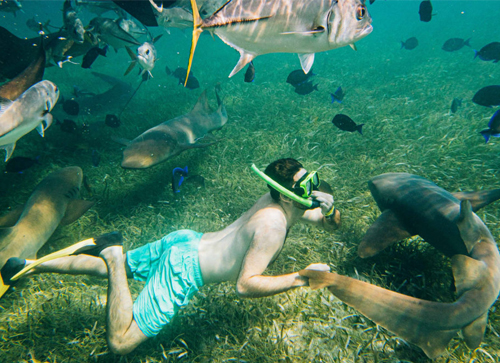
Hol Chan Marine Reserve (near Ambergris Caye & Caye Caulker)
- Best for: Snorkeling with nurse sharks, rays, and turtles
- Tour operators: Seaduced by Belize, Raggamuffin Tours
- Entry fee: ~$10 USD
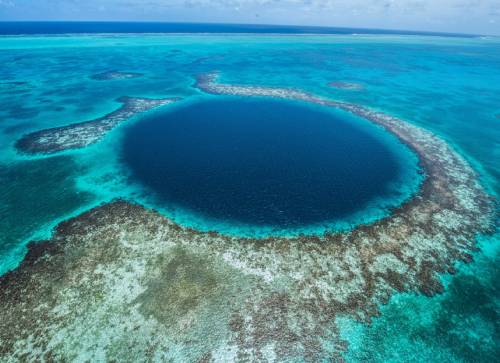
(Lighthouse Reef Atoll)
- Best for: Experienced divers & bucket list adventurers
- Depth: ~410 feet (125 meters)
- Tours from: Ambergris Caye, Caye Caulker, or Belize City
- Cost: ~$250–$300 USD for full-day dive trips
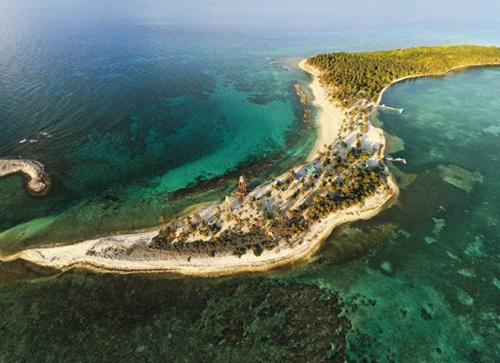
Half Moon Caye Natural Monument
- Best for: Birdwatching (red-footed boobies!) + overnight camping
- Combine with: Blue Hole day trips

South Water Caye Marine Reserve (near Hopkins/Placencia)
- Best for: Snorkeling off the beaten path
- Tour operators: Splash Dive Center, Happy Go Luckie Tours
Visitor Tips & Responsible Travel
- Book with eco-certified tour operators who follow reef-safe practices
- Use reef-safe sunscreen (non-toxic, biodegradable)
- Don’t touch or stand on coral—even broken pieces are living!
- Leave no trace: carry out all waste and avoid single-use plastics
- Ask about local conservation programs or citizen science efforts to get involved
Pro Tip: Visit during the dry season (Dec–May) for the clearest visibility and calmest waters.
2. Cultural Sites on Belize’s Tentative UNESCO List
While the reef is Belize’s only official UNESCO site (for now), there are several cultural and archaeological treasures on the country’s tentative list—meaning they’re under consideration for future nomination.
Here are the highlights:
Caracol Archaeological Site
- Location: Cayo District (deep in Chiquibul Forest Reserve)
- Why it matters: Once a powerful Maya city, Caracol was larger than modern-day Belize City and rivaled Tikal in Guatemala.
- Key feature: The Caana pyramid, which remains one of the tallest man-made structures in Belize.
- Visitor tips:
- Best accessed via 4×4 vehicle
- Combine with stops at Rio Frio Cave or Rio On Pools
Garifuna Settlement and Cultural Spaces
- Region: Southern Belize (Dangriga, Hopkins, Punta Gorda)
- Cultural significance: The Garifuna people—descendants of West African, Arawak, and Carib peoples—maintain a rich heritage of music, dance, language, and food.
- What to experience:
- Garifuna drumming lessons
- Traditional meals like hudut and cassava bread
- Garifuna Settlement Day (Nov 19) celebrations
UNESCO has already recognized Garifuna culture as an Intangible Cultural Heritage of Humanity—a huge step toward full site status.
Chiquibul Cave System
- Location: Western Belize (Chiquibul National Park)
- What it is: One of the largest cave systems in Central America, with underground rivers, crystal formations, and rare wildlife
- Why it’s special: This untouched system supports endangered bats, unique cave fish, and ancient Maya artifacts
Note: Limited access due to preservation concerns. Contact Belize Audubon Society or Friends for Conservation and Development for eco-tour info.
High-Resolution Photo Ideas (Suggestions for Visuals)
- Aerial shot of the Blue Hole
- Snorkeler above coral gardens in Hol Chan
- Red-footed boobies on Half Moon Caye
- Ancient pyramid at Caracol at sunrise
- Garifuna dancers in traditional dress
- Kayaking over the reef with clear visibility
- Stalactites in Chiquibul Caves
(Consider sourcing these from Pexels, Unsplash, or your own travel photography for originality.)
Conservation in Action: How Belize Protects Its Heritage
Belize stands out in Central America for its strong conservation efforts. Some notable achievements:
- Ban on offshore oil drilling (2017) to protect marine ecosystems
- Strict fishing regulations within marine reserves
- Community-led conservation in areas like Toledo and Cayo
- Education and outreach programs promoting sustainable tourism
Many UNESCO site tours are run in partnership with NGOs or local cooperatives—so your dollars directly support preservation.
Final Word: Why UNESCO Matters in Belize
UNESCO World Heritage Sites aren’t just checkboxes for travelers—they’re living stories of our planet’s most valuable places. In Belize, they represent centuries of Maya legacy, the resilience of indigenous communities, and a marine world that’s still wild and teeming with life.
So when you visit, go with intention. Be curious. Travel slow. And know that you’re stepping into a place recognized not just for what it offers today—but for what it protects for tomorrow.


